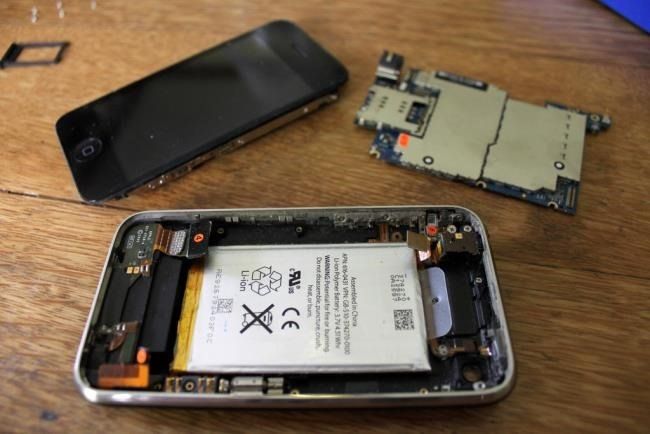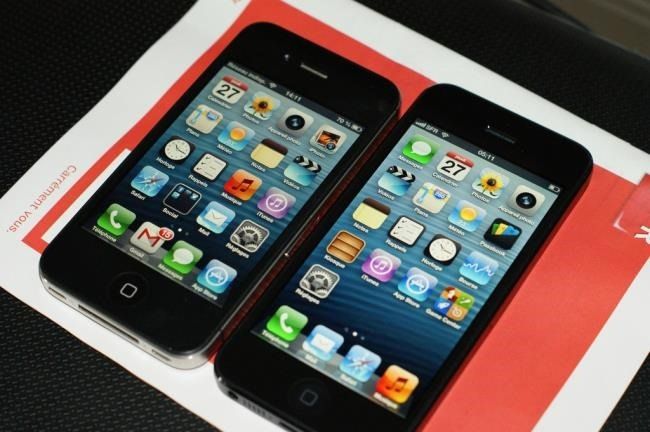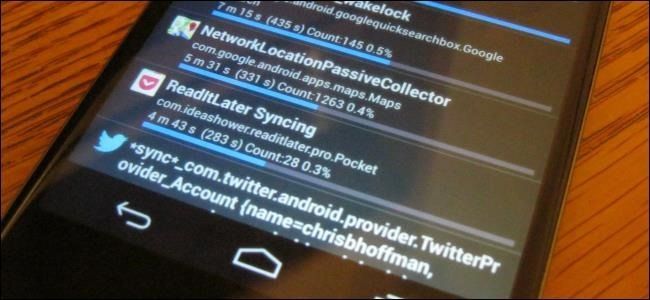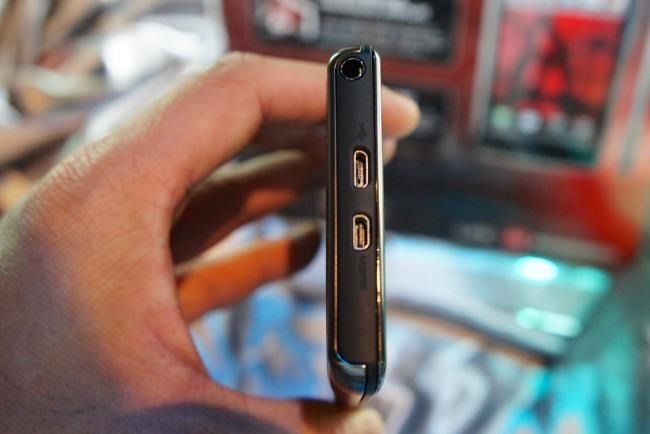Quick Links
Phones have improved dramatically in the last ten years. Modern smartphones seem like a technology from an alien civilization when placed next to the original cell phones. But battery life hasn’t improved. In fact, battery life feels like it’s getting worse.
Old dumb phones could run for a week or more on a charge, but modern smartphones often struggle to make it through an entire day. Battery technology doesn’t seem to be advancing fast enough. What gives?
Battery Technology Isn’t Improving Much
We’re all used to technology improving dramatically. Every year, CPUs, memory, displays and other components become better, faster, and cheaper to manufacture. They offer more computing power, capacity, and pixels for your money. Moore’s Law has held, and technology is improving exponentially. Smartphones today have faster CPUs, cheaper storage, more RAM, and higher-quality displays then ever. The difference between a smartphone today and one released a few years ago is huge.
However, battery technology just isn’t improving at the same pace. Battery technology isn’t completely stuck, and battery technology is definitely improving – but it’s improving by small amounts. We don’t see the exponential increase we see with other types of technology. While other parts of modern portable electronics have been improving quickly, batteries have been lagging behind. Other components are shrinking, but batteries still take up a large part of a phone’s internals.
Various people are working on new battery technologies, but it’s unclear when they’ll make it to the market. Even the most optimistic predictions leave us with only small improvements for the next few years.
Batteries Are Becoming Thinner and Smaller
Battery technology has been improving somewhat, and smartphone components are becoming more power efficient, requiring less electricity to produce the same amount of performance output. So why haven’t we seen noticeable improvements?
Modern smartphones are becoming thinner and lighter. Rather than capitalize on improvements by offering more battery life at the same form factor, smartphone manufacturers choose to make the batteries even thinner so they can shrink the size of their smartphones. The iPhone 5 is thinner and lighter than the iPhone 4S and advertises somewhat longer battery life, but the battery life could have improved more dramatically if Apple had chosen to keep the iPhone 5 the same thickness as the iPhone 4S. Like other smartphone manufacturers, Apple chose to offer a thinner, lighter phone. Larger batteries are also more expensive, so shrinking them helps keep costs down.
Extended batteries were once an option. However, as more and more phones ship without user-serviceable batteries, we no longer have the option to buy bigger batteries or carry a spare battery with most phones.
Not all phones have such tiny batteries. The Droid Razr MAXX line is loved for its long battery life, and iPhone fans craving longer battery life can buy battery packs like the popular Mophie Juice Pack. However, most phones are becoming thinner and thinner.
Push Notifications and Background Sync
A dumb phone did very little. It wasn’t constantly receiving notifications of new emails, social network updates, and other current information. It wasn’t checking your podcasts and downloading new episodes. It wasn’t checking for app updates, downloading new weather forecasts, automatically updating your location, or anything else like that.
Modern smartphones are basically just computers – in fact, they run the same software. Android uses Linux, iOS uses Darwin (Darwin powers OS X), and Windows Phone 8 uses the Windows NT kernel used by Windows on the desktop.
Your phone’s screen may be off, but the phone itself may be on and busy. We’ve explained how to identify and eliminate wakelocks on Android – wakelocks are the things that keep your phone awake when its screen is off. On Android, where apps have more freedom to misbehave thanks to a more flexible process model, bad apps could run in the background while your phone is off, consuming CPU resources.
Apple’s iOS restricts programs much more, but push notifications and syncing can still drain battery power.
Larger Screens, Faster CPUs, More Cores, and LTE Radios
Price per performance may be improving, but we’re shoving much more powerful hardware into our phones. Every year, displays get larger and higher-resolution, CPUs get faster and add cores(the Samsung Galaxy S 4 has an 8-core CPU), and LTE radios are added to more phones. While LTE allows for faster data transfers than previous generation 3G technology, LTE radios require more battery power.
There’s also more hardware in a modern smartphone than an old dumb phone. Aside from the cellular radio, there’s Wi-Fi, Bluetooth, GPS, and NFC. It may not be on all the time, but it drains your battery life when it is.
Battery technology hasn’t been improving at the exponential rate that other smartphone technologies have, so a smartphone with longer battery life requires trade-offs. You could have a smartphone with much longer battery life, but it would be heavier and thicker. You could squeeze even more battery life out of a smartphone by putting less-demanding hardware into the phone, but people want large, high-resolution displays and fast CPUs.
Thanks to our readers on Discourse for inspiring this article with their discussion of why phone battery life isn’t amazing these days.
Image Credit: Eli Duke on Flickr, JeanbaptisteM on Flickr, Vernon Chan on Flickr





